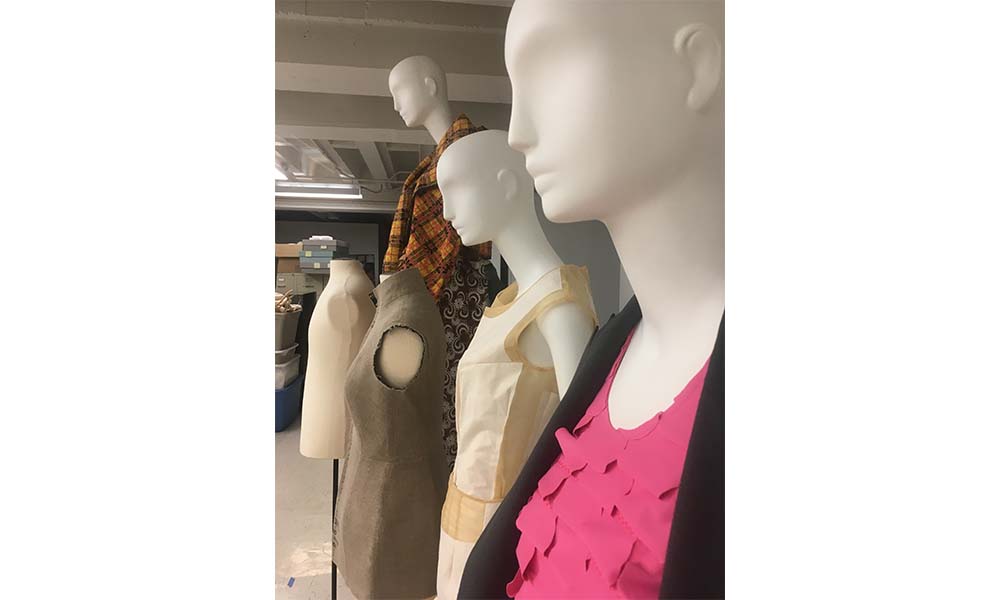- Events & Programs Home
- Calendar
- Accessibility
- Adults
-
Families & Teens
- Families & Teens Home
- 10x10 Teen Art Expo
- Art on the Rise
- Art Together: Art Making for Families with Children Ages 3–5
- Babies Sing with May Festival Minis
- Boy Scouts / Girl Scouts
- CAM Kids Day
- Family Storytime and Gallery Walk
- Family Studio: Art Making for Families with Children Ages 6–12
- Games in the Galleries
- Members-Only Baby Tours
- Public Baby Tours
- REC Reads
- Rosenthal Education Center (REC)
- Saturday Morning Art Class
- See Play Learn Kits
- Summer Camp
- Teen Fest: Zine and Comic Exchange
- RECreate
- Teachers
- Community Outreach
- Fundraisers
- Plan Your Own Event

- Events & Programs Home
- Calendar
- Accessibility
- Adults
-
Families & Teens
- Families & Teens Home
- 10x10 Teen Art Expo
- Art on the Rise
- Art Together: Art Making for Families with Children Ages 3–5
- Babies Sing with May Festival Minis
- Boy Scouts / Girl Scouts
- CAM Kids Day
- Family Storytime and Gallery Walk
- Family Studio: Art Making for Families with Children Ages 6–12
- Games in the Galleries
- Members-Only Baby Tours
- Public Baby Tours
- REC Reads
- Rosenthal Education Center (REC)
- Saturday Morning Art Class
- See Play Learn Kits
- Summer Camp
- Teen Fest: Zine and Comic Exchange
- RECreate
- Teachers
- Community Outreach
- Fundraisers
- Plan Your Own Event
Blog: CAM Uncovered
Blog: CAM Uncovered
- Home
- Plan Your Visit
- Art
-
Events & Programs
- Events & Programs Home
- Calendar
- Accessibility
- Adults
-
Families & Teens
- Families & Teens Home
- 10x10 Teen Art Expo
- Art on the Rise
- Art Together: Art Making for Families with Children Ages 3–5
- Babies Sing with May Festival Minis
- Boy Scouts / Girl Scouts
- CAM Kids Day
- Family Storytime and Gallery Walk
- Family Studio: Art Making for Families with Children Ages 6–12
- Games in the Galleries
- Members-Only Baby Tours
- Public Baby Tours
- REC Reads
- Rosenthal Education Center (REC)
- Saturday Morning Art Class
- See Play Learn Kits
- Summer Camp
- Teen Fest: Zine and Comic Exchange
- RECreate
- Teachers
- Community Outreach
- Fundraisers
- Plan Your Own Event
- Give & Join
- About
- Tickets
- Calendar
- Exhibitions
- Collections
- Blog
- Shop
Behind the Scenes in Conservation: Installing New Fashion Acquisitions
by Conservation
1/16/2020
textile conservation , Comme des Garcons , behind the scenes , conservation , fashion , textiles , recent acquisitions , new at cam , jacket , dress , tank top , clothing

From left to right:
Rei Kawakubo (Japanese, b. 1942) for Comme des Garçons (Japanese, est.1969), jacket, skirt, wrap-skirt, 1999, wool, acrylic, cotton, Museum Purchase: Lawrence Archer Wachs Trust, The Cynthea J. Bogel Collection, 2016.188a-c
Martin Margiela (Belgian, b. 1957), Semi Couture Dress Form Bodice, 1997, linen, cotton, Museum Purchase: Lawrence Archer Wachs Trust, 2018.193
Rei Kawakubo (Japanese, b. 1942) for Comme des Garçons (Japanese, est.1969), blouse and skirt, 1997, cotton, polyester, modacrylic, acrylic, Museum Purchase: Lawrence Archer Wachs Trust, The Cynthea J. Bogel Collection, 2016.180a-b
Rei Kawakubo (Japanese, b. 1942) for Comme des Garçons (Japanese, est.1969), jacket and tank top, 2008, wool, polyester, cotton, polyurethane, nylon, Museum Purchase: Lawrence Archer Wachs Trust, The Cynthea J. Bogel Collection, 2016.234a-b
In a few weeks, we are installing some recent acquisitions from CAM’s fashion collection in Gallery 150! Here is a "sneak preview" of a few of the pieces being prepared. It might seem like displaying fashion is as easy as dressing a (mannequin) body: we all dress our own bodies every day, so what’s the big deal?
The truth is, making fashion art look its best and preserving it for the future is a far more complicated process than throwing a dress on a dummy. The curator and conservator put a lot of work and consideration into selecting the best display forms for both appearance and preservation: dress form or mannequin? Invisible dress form or dressmakers’ dummy? What kind of mannequin? What pose? What kind of padding, support, or accessories are necessary? Even for modern fashion objects like these, which are unlikely to have damage related to age and wear, the textile conservator checks seams and closures to be sure everything is strong and ready for display. We might press or steam creases or other distortions so the pieces look their best. This work (and more!) goes on weeks ahead of installation.
On installation day, we’ll wheel them to their gallery where even more preparation work has happened to create display platforms, safety and security barriers, signage, and a climate-controlled environment for their preservation. Putting fashion art on display is a far cry from rolling out of bed and throwing on something special from CAM’s "closet!" Come and see these pieces (and the rest of the re-installation of gallery 150) in February.
Cincinnati, OH 45202
Toll Free: 1 (877) 472-4226
Museum Hours
Museum Shop
Terrace Café
Library
Cincinnati Art Museum is supported by the tens of thousands of people who give generously to the annual ArtsWave Campaign, the region's primary source for arts funding.

Free general admission to the Cincinnati Art Museum is made possible by a gift from the Rosenthal Family Foundation. Exhibition pricing may vary. Parking at the Cincinnati Art Museum is free.
Generous support for our extended Thursday hours is provided by Art Bridges Foundation’s Access for All program.

General operating support provided by:



